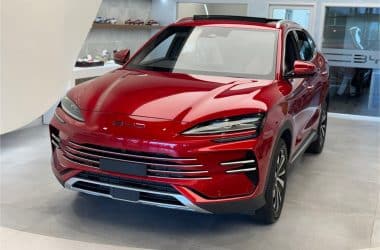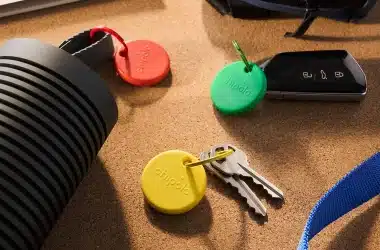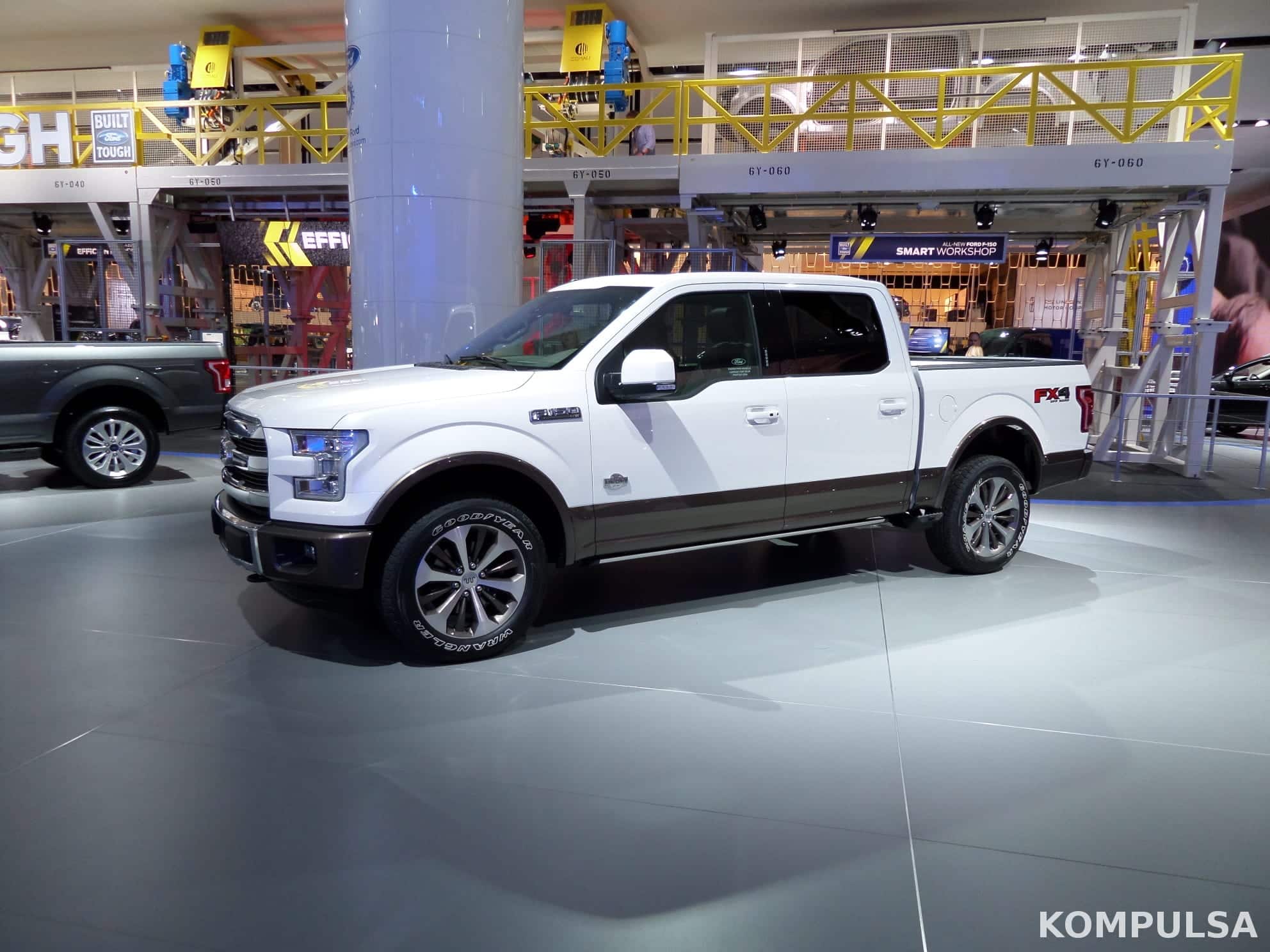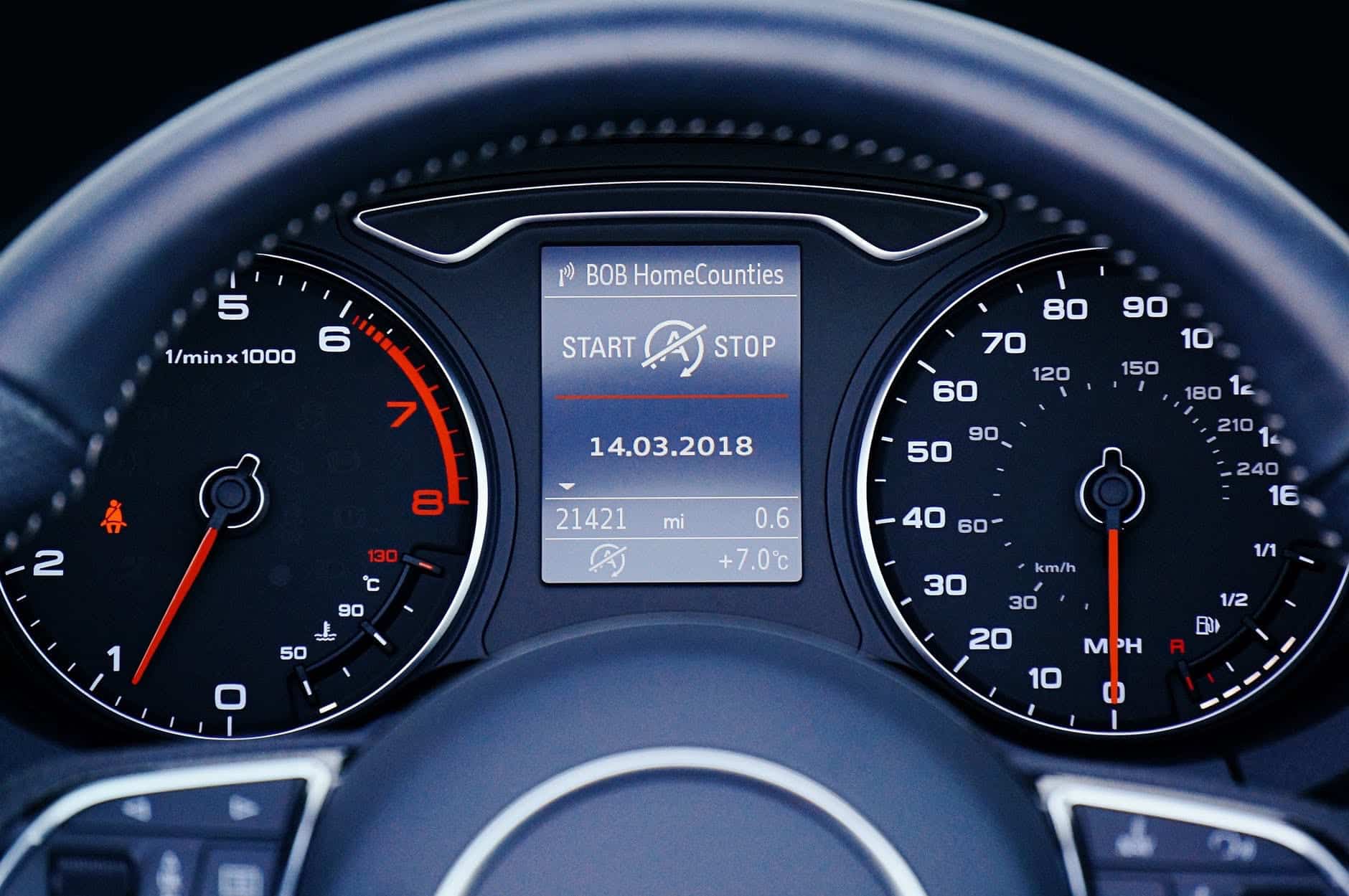Recycling is an incredibly old and well-known idea, but the trend among most companies these days is: maximize profits at any cost — even if it’s harmful to the environment. Companies don’t want to spend any money on recycling. It’s impossible to get them to spend the smallest amounts of money on anything, if it doesn’t benefit them financially.

Camera: Samsung WB30F.
Other issues associated with recycling include the seemingly simple process of actually getting the discarded materials to recycling facilities, but Ford decided to implement a policy that encourages Ford dealers to turn in old parts — They charge them for parts that are designated for recycling, and then refund them after they turn them in.
The parts are identified using barcode technology to confirm that they should be put through the Core Recovery Program. I spoke to Mark Bondoni, Global Remanufacturing Strategy Manager of Ford Motor Company about the program for more details.
I learned that Ford remanufactures some of those parts, and the rest (especially headlamps and bumpers) are sold for recycling. Ford does this as part of their Core Recovery Program, which has diverted 140 million pounds of vehicle parts from landfills since 2003. This helps to reduce the consumption of new parts, resulting in less oil usage (oil is usually used to manufacture plastics).
Customers can purchase the remanufactured parts from the Core Recovery Program at a lower cost than the new ones, providing them with an economical alternative to buying brand new ones. What sets this apart from selling used parts the traditional way (i.e. scrapping old cars and selling only the good parts) is that broken parts that used part dealers would normally throw away are remanufactured, and put to good use.
Hopefully, this motivates other manufacturers to increase their recycling efforts as much as they can.









